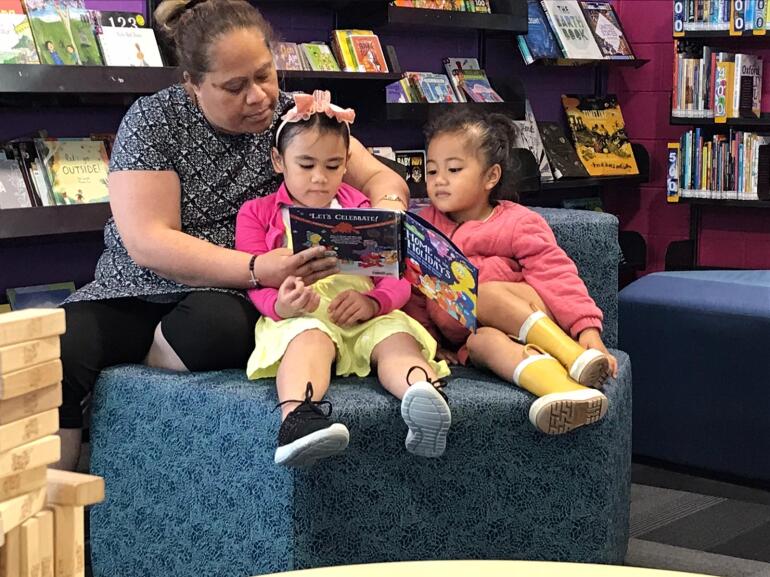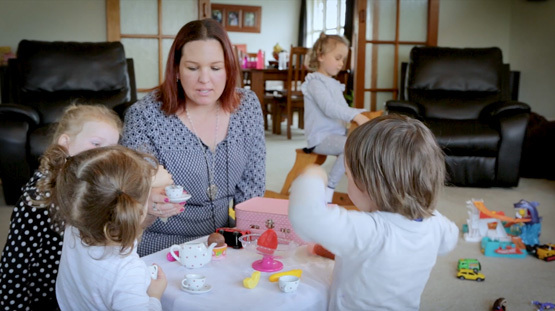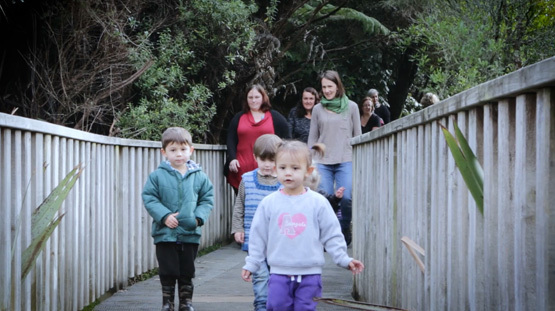News And Events

Bilingual and Multilingual Learners
4 March 2025Benefits of bilingual and multilingual learning
Kaiako in early learning have a vital part to play by educating families about the advantages of bilingualism, by helping children retain their bilingual identities and their family ties, and by preparing them to live in a diverse society.
A diverse language environment promotes an understanding of concepts and values associated with identity, language, and culture.
Becoming proficient in two or more languages is a proven advantage in any language learning. Research shows that fostering bilingualism (and multilingualism) supports children to develop strengths in cognitive and social learning.
Being bilingual enables children to:
- communicate with people in their families, communities, and learning environments
- relate to others – participate in cultural activities and connect with others in the community
- learn new words and learn additional languages
- develop bi-literacy or multi-literacy skills and have access to additional literatures, traditions, and ideas to enrich their later learning
- access and apply cultural knowledge that is embedded in language
- demonstrate flexible thinking and be able to use information in new ways
- come up with new solutions to problems.
There are traditional ways of being, ways of knowing, and ways of doing that can be drawn upon in kaupapa Māori to teach, model, and learn language within everyday activities and through play. These include whakapapa, waiata ā-ringa, karakia, haka, pao, pātere, kōrero tāwhito, pūrakau, pakiwaitara, and tuakana-teina relationships.
How we can partner with whānau to support children with development of oral language:
When we regularly have conversations with whānau about new and fun things happening at home, they can be revisited in conversations that we have with tamariki. This way, tamariki are often more motivated to talk because they are the expert in a conversation.
Regular catch-ups with whānau give us the opportunity to learn about languages spoken at home and plan together how they can incorporate key words into everyday interactions. In these conversations with whānau, we can promote the importance of fostering the learning of home languages by family members speaking their strongest language with their children.
We can share with whānau new and existing practices. These can be te reo Maōri words and phrases, sound and vocabulary games, and New Zealand Sign Language.
Source: https://tewhariki.tahurangi.education.govt.nz/understanding-oral-language and https://ero.govt.nz/our-research/lets-keep-talking-oral-language-development-in-the-early-years
Coming up in our next blog . . . read about the teaching strategies we can use for children to learn oral langugae.


